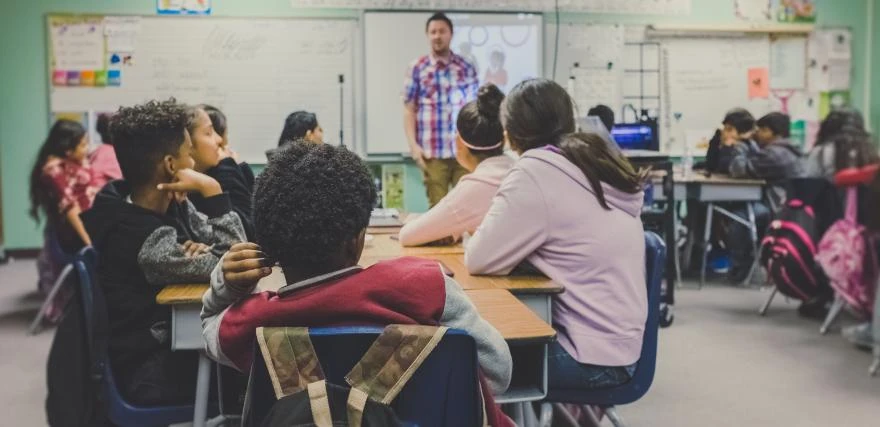The Importance of Compassion Education
Compassion education is at the foundation of everything we do. People often comment on the wonderful feeling they get when they visit our school. They exclaim, “This school feels so good,” or, “There is such a different vibe on your campus.” I usually smile and nod knowingly, agreeing with them that our school is a very special place. Recently a visitor was struck by the same thought but wanted to know more about why it feels the way it does. The answer is easy: we model, teach and practice compassion.
Why is compassion important for students?
 Nowadays, no one would argue about the importance and value of social-emotional learning being taught in schools. From parenting blogs to education publications, SEL is supported by mounting research and is widely encouraged. However, many still consider these skills soft, and I beg to differ. Teaching compassion education, helping kids build skills, and creating a school climate where students feel safe to take academic risks and feel valued and connected to their community as well as empowered and encouraged to take positive action to help others — is anything but soft. Compassion is a measure of strength.
Nowadays, no one would argue about the importance and value of social-emotional learning being taught in schools. From parenting blogs to education publications, SEL is supported by mounting research and is widely encouraged. However, many still consider these skills soft, and I beg to differ. Teaching compassion education, helping kids build skills, and creating a school climate where students feel safe to take academic risks and feel valued and connected to their community as well as empowered and encouraged to take positive action to help others — is anything but soft. Compassion is a measure of strength.
What is compassion in teaching?
But what does compassion education look like in practice? We like to say, “Empathy plus action equals compassion!” Our compassion education efforts begin the moment students arrive to school and continue throughout the school day.
For example, before students cross the threshold of the classroom, teachers greet them by name to help connect with them and get instant feedback on how they are feeling. We call this practice Every Student, Every Day. It captures our purpose.
We use literature in an intentional manner to help students embrace diversity and understand varying perspectives. This develops their empathy bank. Teachers facilitate class circles to build community, which in turn becomes a space for students to practice compassion. First by listening to their classmates’ dilemmas and challenges, and then by collaboratively brainstorming solutions.
Another classroom tool we use is The Compassion Project, a free curriculum offered by Everfi. Teachers and students from our school participated in the development of this coursework. The curriculum helps foster meaningful, face-to-face classroom conversations.
What are the benefits of compassion education?
As you embed SEL into the fabric of instruction, you will see a ripple effect on your school climate; it will affect the way students, staff and parents connect and contribute on campus. Better yet, these positive effects will continue to grow and multiply over time, resulting in a strong school community.
A quick word of caution for school leaders: SEL is not an extracurricular activity; it is not “the icing on the cake.” Creating an environment where students can thrive socially and academically means prioritizing SEL — integrating it across all content areas and building it into the routines of every day. SEL must be the solid foundation on which the “cake” is built.
As a school principal, I am seeing the results of prioritizing and embedding these skills throughout our students’ elementary school experience. I see a noticeable increase in student confidence, voice and ownership, to name a few. Compassion is not age-dependent and with practice, it is accessible to all, which makes elementary school the perfect time to begin this journey. The most exciting observation is that many students are beginning to see themselves as part of the solution, rather than bystanders to the world’s problems and the suffering of others.
Our work as educators has important implications for our students’ mental health and well-being, and their future. When students feel safe, valued, and empowered at school, they will not only excel academically and socially, but also grow into capable and confident adults who will share their voices, take action, and serve others. I often imagine our students growing up and applying these skills. Then I think about how much happier, connected, and more helpful our world will be as a result. People would never wonder why it feels so good because they would already know the answer. Compassion.
Kristen Gracia is the principal at Oak Knoll Elementary in Menlo Park, Calif.
ARTICLE ORIGINALLY PUBLISHED ON SMARTBRIEF
Want to prepare students for career and life success, but short on time?
Busy teachers use Everfi’s standards-aligned, ready-made digital lessons to teach students to thrive in an ever-changing world.